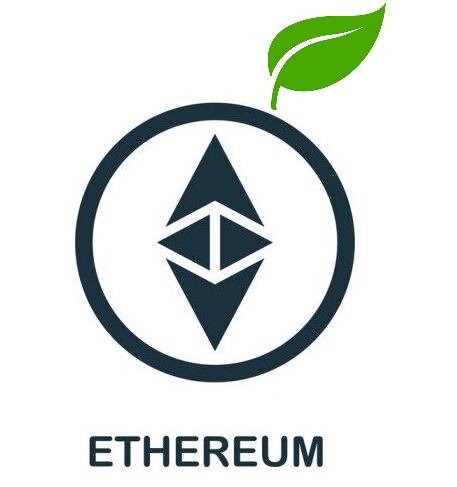« The Merge », the green revolution of the Ethereum blockchain

After several years of preparation, the Ethereum blockchain, the second largest after the Bitcoin blockchain, is set to undergo a fundamental transformation that will allow it to drastically reduce its energy consumption.
FACTS
-
Created in July 2015, this decentralised exchange protocol has until now relied, like Bitcoin, on the validation of transactions or the manufacture of "tokens" by the "Proof of Work" method.
-
This method will be replaced by the "Proof of Stake" where validators will have to place a stake of 32 Ether, the cryptocurrency associated with Ethereum, in a common pot to receive the reward.
-
Thousands of Ether "miners" will therefore inevitably find themselves out of work
-
The transition from an old protocol to a more modern one involves technical risks despite numerous tests beforehand, and the major platforms such as Binance and BitPanda have planned to freeze exchanges during the migration.
CHALLENGES
-
Drastically reduce energy costs: The old proof-of-work system, which is still the protocol used by the Bitcoin blockchain, requires a great deal of computing power and therefore powerful installations such as servers and graphics cards to "mine", i.e. validate a block of encrypted and secure data. If the merger succeeds as planned, "Ethereum's electricity consumption will drop by 99%," says Joe Lubin, co-creator of Ethereum and head of ConsenSys, publisher of the MetaMask wallet.
-
A completely decentralised operation: The upgrade to Ethereum 2.0 is completely decentralised. "It is not a company behind it, but many developers around the world who want to prove that this network has a future. The major players in the sector have therefore not hesitated to delegate some of their teams to this large-scale project.
MARKET PERSPECTIVE
-
The carbon footprint of blockchain is one of the main subjects of criticism of this technology. This migration from Ethereum could, over time, increase the acceptability of blockchain and all applications that depend on it, by policymakers and regulators, anticipates the Dutch bancassurer ING in a recent note.
-
Faced with the end of their activity, many miners have expressed their dissatisfaction with this transition. Because of this, some miners have gone so far as to announce the creation of a fork that will retain the Proof of Work. Since then, this fork is called "EthPow", and its token is the "ETHW".
